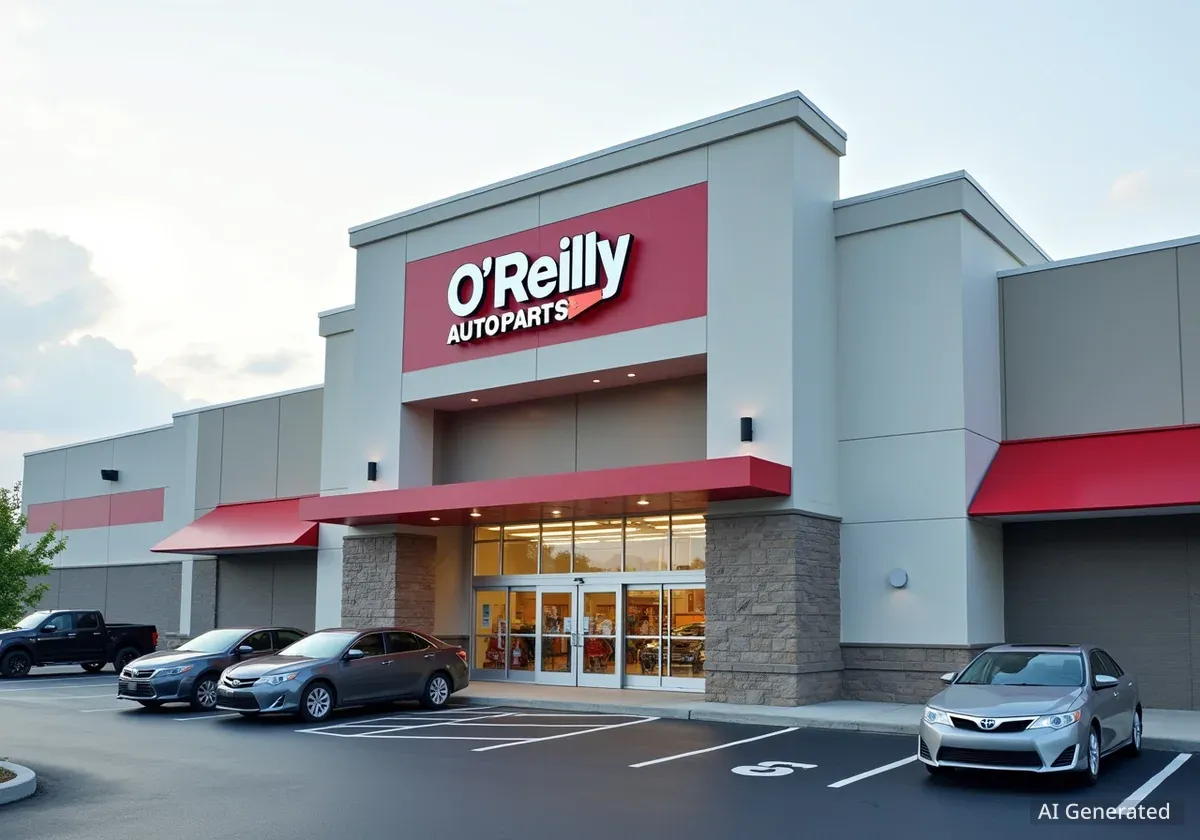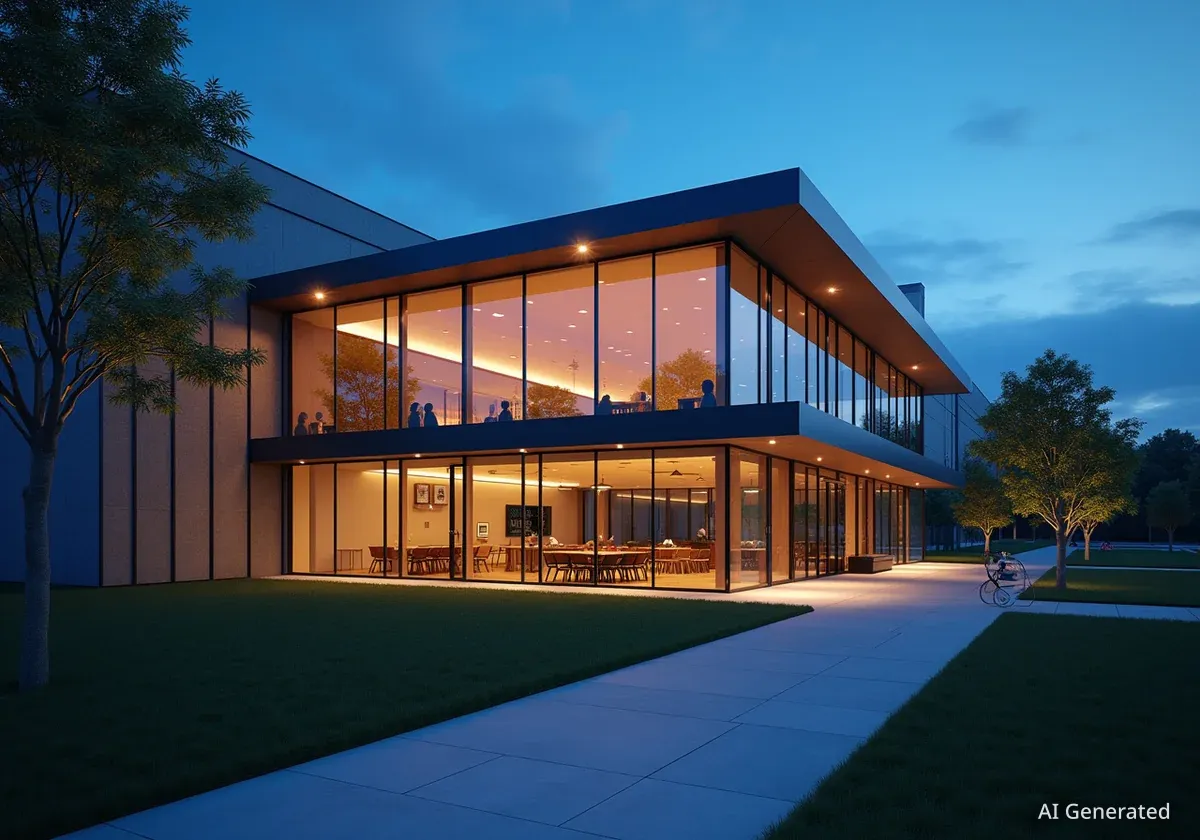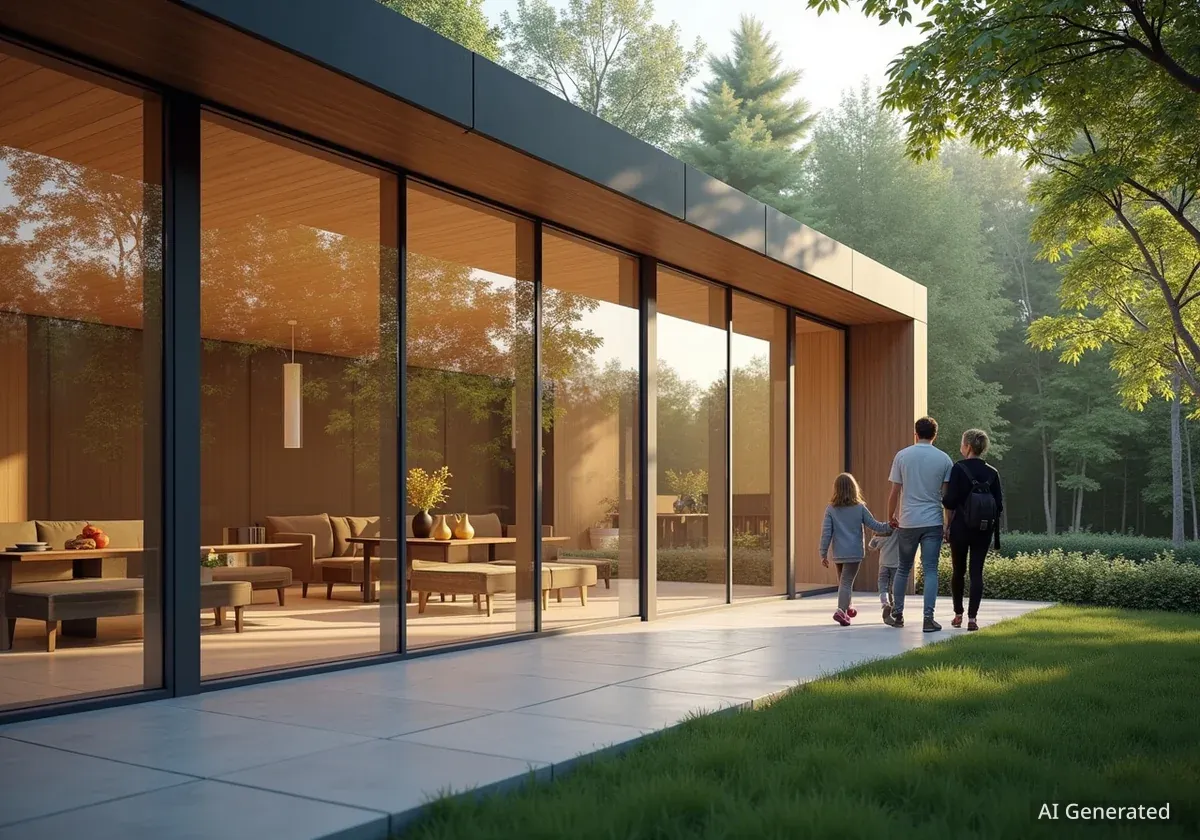O'Reilly Auto Parts is significantly expanding its store network, with plans to open over 400 new locations in 2025 and 2026. A key strategy for this rapid growth involves repurposing existing retail properties, particularly former drugstores and large big-box spaces. This approach allows the company to establish new stores ranging from its standard 7,000 square feet to expansive 50,000 square feet 'Super Hubs' efficiently and cost-effectively.
Key Takeaways
- O'Reilly Auto Parts plans to open over 400 new stores by the end of 2026.
- The expansion relies heavily on repurposing vacant retail real estate, including former drugstores and big-box stores.
- Repurposed Rite Aid properties are a major source for new standard and hub stores.
- The strategy helps manage rising construction costs and speeds up store openings.
- New 'Super Hub' stores, up to 50,000 square feet, are being developed in former big-box spaces.
Strategic Growth Through Adaptive Reuse
The company has already opened more than 160 new stores in 2025 and expects to reach 200 by year-end. Looking ahead, O'Reilly executives announced plans for up to 235 additional new stores in 2026. This aggressive expansion leverages a smart real estate strategy.
Most of these new locations are not ground-up constructions. Instead, O'Reilly is actively acquiring and converting vacant commercial properties. This includes sites that once housed drugstores and larger retail chains, which offers a ready supply of suitable buildings.
Key Expansion Numbers
- 160+ new stores opened in 2025 so far.
- 200 new stores projected by end of 2025.
- 235+ additional new stores planned for 2026.
- 400+ total new stores in two years.
Leveraging Former Drugstore Sites
A significant portion of O'Reilly's new stores in 2025 comes from repurposing vacant drugstore properties, especially former Rite Aid locations. Following Rite Aid's bankruptcies in 2023 and 2025, over 2,000 store properties became available. O'Reilly has completed dozens of these conversions across the country.
Many former Rite Aids, particularly in rural and tertiary markets, match O'Reilly's standard 7,000-square-foot store prototype. This makes them ideal for quick conversions. For example, O'Reilly acquired former Rite Aid buildings in Michigan, Ohio, and multiple sites in New York state, from Poughkeepsie to the village of West Carthage.
"The ~2,000 former Rite Aid buildings represent the largest single block of retail real estate available for reuse and repurpose," a market observer noted. "Many are located in regions where O’Reilly has indicated that it is under-stored."
Why Repurpose Drugstores?
The retail real estate market is tight. Vacant drugstores offer a readily available inventory of properties. Many are already appropriately sized and located in established commercial areas, reducing the time and cost associated with new construction. This strategy also aligns with the trend of auto parts retailers utilizing such spaces; Advance Auto, AutoZone, and Napa Auto Parts have also converted former Rite Aid, Walgreens, and CVS locations.
Cost and Time Efficiency
Repurposing existing buildings offers substantial benefits. O'Reilly CEO Brad Beckham stated that the budget for building, opening, and fixturing a new owned store is typically around $3 million. However, rising land, construction, and development costs make it challenging to meet this budget for new ground-up projects.
Converting an existing building, like a former Rite Aid, often requires only light renovations. This approach provides more budget certainty and allows new stores to open much faster than through new construction. This efficiency is critical for O'Reilly's ambitious growth targets.
Expanding Hub Store Network
O'Reilly is also accelerating the development of its larger 'hub' stores, which are approximately 14,000 square feet – twice the size of a standard store. Former drugstore real estate is proving suitable for these larger formats as well.
For instance, O'Reilly leased a 17,000-square-foot former Rite Aid in Palm Desert, California, to open a new hub store. Another 15,000-square-foot former Rite Aid in Lockport, New York, also recently opened as an O'Reilly hub. These larger spaces allow for a wider inventory and more specialized services.
- Standard Prototype: ~7,000 square feet
- Hub Stores: ~14,000 square feet
- Super Hubs: Up to ~50,000 square feet
Introducing 'Super Hubs' in Big-Box Locations
Beyond its standard and hub stores, O'Reilly is experimenting with even larger 'Super Hubs,' some measuring up to 50,000 square feet. These significantly larger facilities are typically located in densely populated areas and major metropolitan statistical areas (MSAs).
To accommodate these Super Hubs, O'Reilly is repurposing vacant big-box retail spaces. One Super Hub occupies a 48,000-square-foot former furniture store in Littleton, Colorado. Another is in a 42,000-square-foot building in Merrillville, Indiana, which previously housed a big-box retailer.
The City of Appleton, Wisconsin, recently issued a building permit for O'Reilly to convert half of a 100,000-square-foot former Shopko building into a Super Hub. This demonstrates the versatility of O'Reilly's real estate strategy, adapting to various available property sizes.
The common thread across all of O'Reilly's new store additions, regardless of size, is the strategic reuse of vacant retail real estate. With more Rite Aid stores recently vacated, and other big-box properties becoming available due to bankruptcies from retailers like Conn's, Big Lots, and Joann Stores, the trend of repurposed O'Reilly stores is set to continue through 2025 and into 2026.





